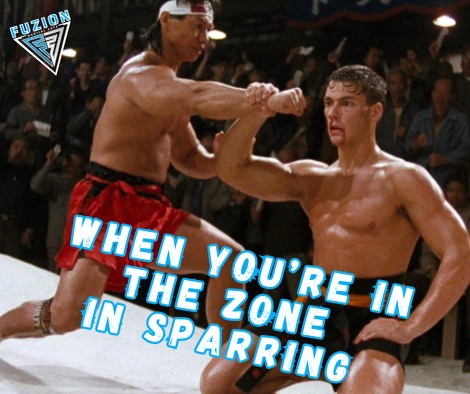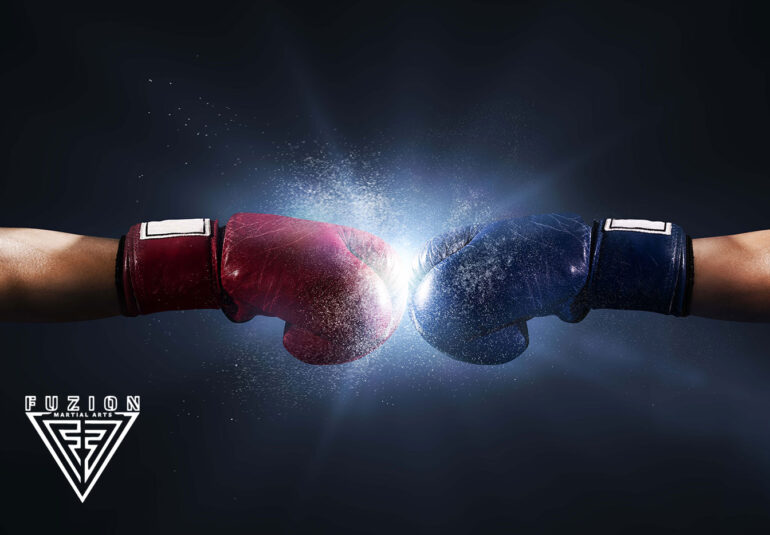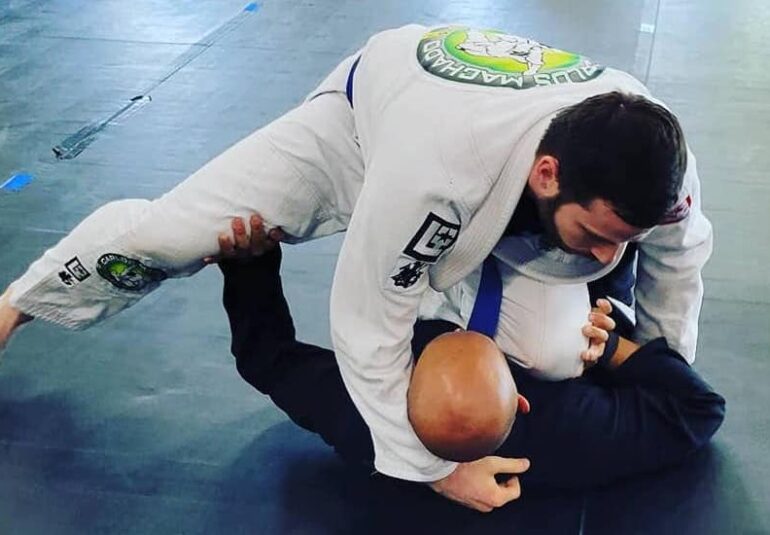
- 383
Martial arts have fascinated audiences for centuries, evolving from traditional combat systems to a cornerstone of global entertainment. This journey reflects both the cultural heritage of martial arts and their adaptation to new media, starting from ancient forms of storytelling to the high-octane films, shows, and video games we enjoy today.
Ancient Beginnings: Storytelling Through Combat
Martial arts originated primarily as a means of survival and defense, with each culture developing its own techniques and philosophies. Over time, they also became a form of cultural expression, often showcased in festivals, ceremonies, and storytelling traditions. In ancient China, for instance, martial arts like Kung Fu were demonstrated in festivals and dramas that illustrated the philosophies and values of the people. These early performances emphasized the balance, discipline, and spiritual elements of martial arts, laying the groundwork for martial arts as both an art form and an entertainment medium.
The Rise of Peking Opera and Japanese Kabuki: Blending Drama and Combat
During the Qing Dynasty (1644–1912), Peking Opera incorporated elements of Chinese martial arts, bringing dramatic fight scenes and acrobatics to theatrical performances. Peking Opera portrayed classic tales of warriors and heroic legends, blending dance, music, and martial arts to captivate audiences. Similarly, Japan’s Kabuki theater often featured Samurai stories, integrating stylized martial arts movements and weapon demonstrations. Both art forms shaped the way martial arts were presented to audiences, combining combat with storytelling and drama.
Martial Arts in Early Cinema: From Silent Films to Bruce Lee
The birth of cinema opened up new possibilities for martial arts to reach a global audience. Early Hollywood films, like “The Mark of Zorro” (1920), showcased swashbuckling action scenes inspired by fencing and swordplay. However, it was Hong Kong cinema that revolutionized martial arts on screen. Pioneers like Wong Fei-hung, a real-life martial artist, became an iconic character in Hong Kong cinema, played by Kwan Tak-hing in the 1940s and 50s. These films introduced the world to Kung Fu as both a storytelling device and a spectacle.
The 1970s marked a pivotal moment when Bruce Lee broke through in Hollywood, becoming a cultural phenomenon. With films like “Enter the Dragon” and “The Way of the Dragon,” Lee presented martial arts as a powerful and personal form of self-expression. His explosive style and charismatic personality captivated international audiences, cementing martial arts as a staple of action cinema. Bruce Lee’s influence extended beyond movies; he transformed martial arts into a lifestyle and philosophy, inspiring generations to embrace his “Jeet Kune Do” and popularizing martial arts worldwide.
The Golden Age of Martial Arts Films: 1980s and 90s
Following Bruce Lee’s success, Hollywood and Hong Kong experienced a “Golden Age” of martial arts cinema in the 1980s and 90s. Stars like Jackie Chan, Jet Li, and Donnie Yen brought humor, acrobatics, and dramatic flair to martial arts films, pushing the boundaries of what could be done on screen. Jackie Chan’s blend of Kung Fu with slapstick comedy in films like “Police Story” and “Drunken Master” created a unique subgenre that captivated audiences around the globe.
In Hollywood, martial arts blended with other action tropes, seen in films like “The Karate Kid,” which showcased a mix of Eastern philosophy and Western coming-of-age themes. Meanwhile, franchises like “Mortal Kombat” and “Street Fighter” brought martial arts into the realm of video games, merging the excitement of combat with the interactivity of gaming.
Martial Arts in Modern Cinema: High-Tech and Global Appeal
In the 21st century, martial arts became integral to blockbuster franchises, from “The Matrix” series to Marvel’s superhero films. Directors like the Wachowskis introduced “wire-fu” and advanced CGI, creating fight scenes with surreal choreography. The success of films like “Crouching Tiger, Hidden Dragon” also popularized Wuxia—a Chinese genre combining fantasy with martial arts.
Today, franchises like “John Wick” and “Shang-Chi and the Legend of the Ten Rings” showcase martial arts with a focus on realism and choreography, reflecting a blend of traditional and modern approaches. Streaming platforms have brought martial arts to a new generation, with series like Netflix’s “Cobra Kai” and “Into the Badlands” revitalizing interest in martial arts themes.
Martial Arts in Gaming and Digital Media
The world of video games embraced martial arts early on, with iconic titles like “Mortal Kombat,” “Tekken,” and “Street Fighter.” These games took inspiration from martial arts cinema, allowing players to embody martial artists from diverse backgrounds and styles. In recent years, virtual reality and advancements in motion capture have made martial arts gaming more immersive, allowing users to engage with the physicality of combat in new ways.
Beyond games, martial arts also thrive on digital platforms like YouTube and TikTok, where martial artists share their skills, teach techniques, and create short cinematic scenes. Social media has democratized martial arts entertainment, allowing practitioners to reach global audiences without traditional studios or networks.
The Legacy of Martial Arts in Entertainment
Martial arts have come a long way from their ancient roots, evolving into a global phenomenon that transcends culture, media, and technology. They embody universal themes—strength, honor, discipline, and resilience—that resonate deeply with audiences worldwide. As we look to the future, martial arts will continue to captivate and inspire, evolving alongside new media to reflect both their traditional heritage and the dynamic, fast-paced world of modern entertainment.


